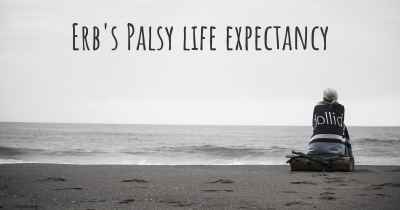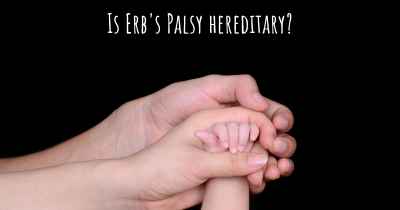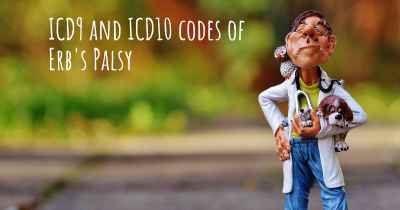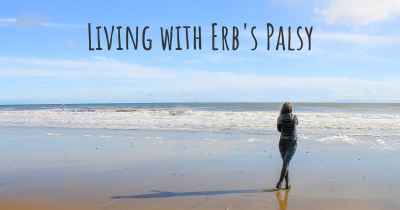What are the best treatments for Erb's Palsy?
See the best treatments for Erb's Palsy here

Treatments for Erb's Palsy
Erb's Palsy, also known as brachial plexus birth palsy, is a condition that affects the nerves in the shoulder and arm, resulting in weakness or paralysis. It is typically caused by a birth injury, often during a difficult delivery. While Erb's Palsy can be a challenging condition, there are several treatments available to help improve function and quality of life for those affected.
1. Physical Therapy
Physical therapy is a crucial component of Erb's Palsy treatment. It focuses on improving muscle strength, range of motion, and overall function. A skilled physical therapist will design a personalized exercise program tailored to the individual's specific needs. These exercises may include stretching, strengthening, and coordination exercises to target the affected muscles and promote recovery.
2. Occupational Therapy
Occupational therapy aims to enhance the individual's ability to perform daily activities and improve their overall independence. Occupational therapists use various techniques and adaptive equipment to help individuals with Erb's Palsy develop skills necessary for self-care, such as dressing, feeding, and grooming. They may also provide splints or braces to support the affected arm and promote proper alignment.
3. Nerve Transfers
In severe cases of Erb's Palsy where there is limited or no recovery, nerve transfers may be considered. This surgical procedure involves transferring healthy nerves from other parts of the body to the affected area. Nerve transfers can help restore function and improve muscle control in the affected arm. However, it is important to note that not all individuals with Erb's Palsy are candidates for this procedure, and it should be evaluated on a case-by-case basis.
4. Botox Injections
Botox injections can be used as a temporary treatment option for individuals with Erb's Palsy. Botox, a muscle relaxant, is injected into the overactive muscles to reduce muscle stiffness and spasticity. By temporarily weakening the overactive muscles, Botox injections can help improve range of motion and function in the affected arm. However, the effects of Botox are temporary and may require repeated injections.
5. Assistive Devices
Assistive devices can play a significant role in managing Erb's Palsy and promoting independence. Devices such as slings, braces, or splints can provide support and stability to the affected arm, allowing individuals to perform daily activities with greater ease. Additionally, adaptive tools and equipment, such as modified utensils or writing aids, can help individuals overcome functional limitations and participate in various tasks.
6. Psychological Support
Living with Erb's Palsy can be emotionally challenging, especially for children and their families. Therefore, it is essential to provide psychological support to help individuals cope with the condition. Counseling or therapy sessions can assist in addressing any emotional or psychological difficulties associated with Erb's Palsy, promoting self-esteem, and fostering a positive mindset.
7. Supportive Care
Supportive care is an integral part of Erb's Palsy treatment. This includes ongoing monitoring, regular follow-ups with healthcare professionals, and education about the condition. It is crucial to have a multidisciplinary team involved in the care of individuals with Erb's Palsy, including orthopedic surgeons, neurologists, physical therapists, occupational therapists, and psychologists. This collaborative approach ensures comprehensive care and optimal outcomes.
In conclusion, Erb's Palsy can be effectively managed through a combination of physical therapy, occupational therapy, nerve transfers (in severe cases), Botox injections, assistive devices, psychological support, and supportive care. Each treatment option plays a unique role in improving function, promoting independence, and enhancing the overall quality of life for individuals with Erb's Palsy.
Nerve blocks
Physio
Posted Mar 12, 2017 by Mari-anne 1000








